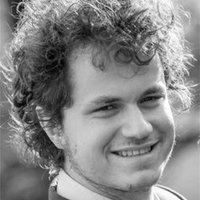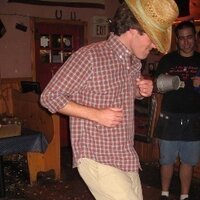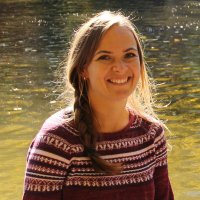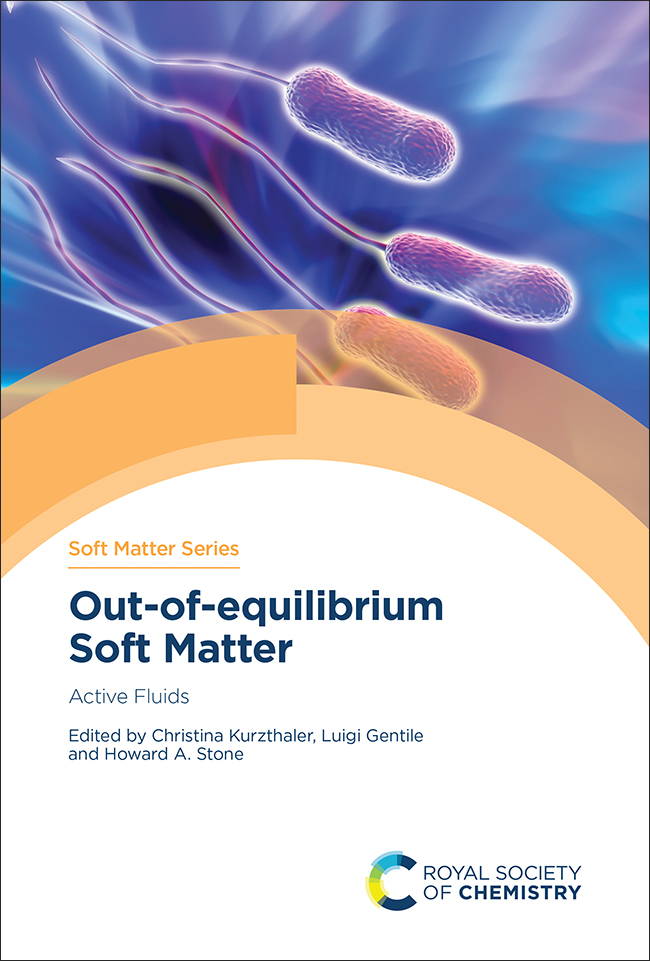
Alexander Wietek
@alexanderwietek
ID: 1416408573303721988
https://www.pks.mpg.de/smc 17-07-2021 14:46:27
47 Tweet
260 Takipçi
104 Takip Edilen




My paper on the fragmentation of Cooper condensates by stripes just got published in Physical Review Letters with an editor's suggestion. I think it's beautiful that strongly correlated electrons can spontaneously form an emergent array of Josephson junctions. journals.aps.org/prl/abstract/1…

New paper published Physical Review Research! Twisted moiré materials can host exciting states of matter. We establish the phase diagram of the moiré Hubbard model hosting possible spin liquids, superconductors, and stripe orderings. Thanks to everyone involved! doi.org/10.1103/PhysRe…



We have a newly created Twitter account for our institute: you can now follow MPI-PKS Dresden MPI-PKS Dresden to get updates about our research, publication highlights, workshops, etc!

Our book on 'Out-of-equilibrium Soft Matter: Active Fluids' has been finally published by RSC -- check it out! :) Many thanks to Howard Stone (Princeton University) & Luigi Gentile for a great collaboration and all the authors for contributing fantastic chapters!!


Wonderful agreement between experiments and our simulations for the peculiar Bose-einstein condensation in the dimer magnet Yb2Si2O7 just got published in Physical Review B. Thank you Chunhan and Miles Stoudenmire for the great collaboration. link.aps.org/doi/10.1103/Ph…

In our preprint on the arxiv today: arxiv.org/abs/2306.14887 We (Matt Fishman, Miles Stoudenmire, Dries Sels and myself) show how an accurate, efficient tensor network calculation can be done for the Kicked Ising model recently simulated by IBM on their Eagle quantum processor.

Announcing our new preprint. The condensate of a superconductor in the Hubbard model can fragment if it interacts with a charge density wave. An intertwined Ginzburg-Landau theory nicely matches our DMRG data, thanks to Niccolò Baldelli, Benedikt, and Matt. arxiv.org/abs/2307.11820


Quantum electrodynamics not only describes electrons and photons but also triangular antiferromagnets! Our findings are now published in Physical Review X, journals.aps.org/prx/abstract/1… with a wonderful popular summary in Physics Magazine physics.aps.org/articles/v17/63 Thanks Andreas Läuchli & Sylvain!


Our endeavor on variational benchmarks for quantum many-body problems is now published in Science Magazine! In this large collaborative work (~30 institutions) led by Computational Quantum Science Lab EPFL, we established a practical, agreed-upon metric to quantify the hardness of quantum problems





